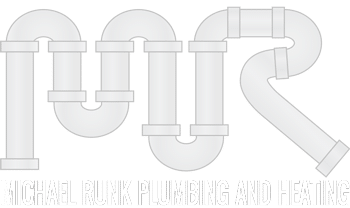Having water readily available anywhere we go, we don’t think twice about using it as we please. Take the Ice Bucket Challenge, for example. Popular initiative for a good cause, it did get quite a bit of criticism for all the wasted water, given the drought in California and fresh water shortage in many parts of the world. While dumping a bucket of water over your head might be a waste of a natural resource, more often we waste water unintentionally. Using water around your home responsibly will not only help you save money on utility bills, but it is also an environmentally-friendly move. Thankfully, modern technology provided us with tools to make our homes less wasteful and more sustainable.
Invest in Efficient Plumbing Fixtures
There are plumbing fixtures currently on the market that were specially designed to conserve water. And the best part is that they can do it without any significant impact on your daily life. Similar to the Energy Star label for appliances, EPA developed a WaterSense label for efficient plumbing fixtures. Look for it when you shop or ask your Maryland plumbing company to give you recommendations on water-efficient fixtures.
Faucet Aerator
A faucet aerator is a device that attaches to the tip of your faucet and introduces air into the water stream. You don’t lose the pressure, but you gain an even stream, no splashing and reduced water use. Many modern faucets come with aerators, but you can always retrofit your older faucet with one.
Savings: by installing an efficient aerator, you can reduce water use from your kitchen and bathroom faucets by as much as 40 percent.
Low-flow Toilet
Most older toilets use more water than necessary to perform a flush. And with a family of four, a toilet gets flushed a lot. To minimize wasted water during a flush, you can install a low-flow toilet. There are many models out there that use different technology, from reduced tank size to dual flush, when you can select the amount of water depending on the type of waste. If replacing a toilet is not an option, you can retrofit your old toilet to use water sparingly.
Savings: If you switch from a toilet that uses 7 gallons per flush to one that uses 1.28 gallons, you will reduce yearly water consumption from your toilet by as much as 10 gallons or 80 percent. Add this up for all toilets in your home and you’ll get some noticeable savings on your water bill.
Water-Efficient Showerhead
Would you notice if water came out slower than usual from your showerhead? You’ll still have a good pressure, but instead of three gallons per minute you’ll use just two. It’s quite possible you won’t even feel the difference. Meanwhile, a low-flow showerhead can save water without increasing the duration of your shower ritual. Consider that showering is roughly 50/50 between applying soap and rinsing it off—that’s half the time you are not even under the stream.
Savings: 40 percent of water used for showering.
Repair the Leaks
While the above suggestions are for increasing efficiency when you are actually using water, leaks are a complete waste of water. In an average American household, about 14 percent of the monthly water bill accounts for indoor leaks. Dripping faucets, leaky pipes and running toilets are some of the most common types of indoor leaks. Combined, they can waste anywhere between 20 and 90 gallons of water per day! To make matters worse, some leaks are not apparent and can only be discovered by a thorough inspection.
You can always count on Michael Runk Plumbing for Maryland plumbing repair and installation. Contact us today to start saving on your water bills tomorrow.
